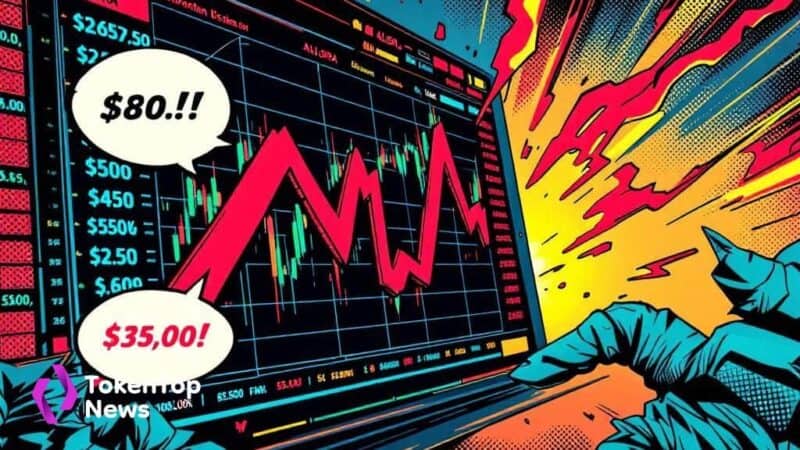Federal Reserve’s May Rate Cut Probability Drops to 10.4%
- Federal Reserve considers rate adjustments, affecting market dynamics.
- Impact on crypto and financial markets is speculative.
- May 7, 2025, announcement expected to clarify economic strategies.

Interest rates impact investment trends, financial stability, and market strategies. Market actors anticipate Federal Reserve’s decisions closely, often adjusting their strategies accordingly.
Federal Reserve Interest Rate Cut
The probability of a Federal Reserve interest rate cut in May stands at 10.4%, a significant drop from previous estimates of 39.8%. Market analysts observe the central bank’s tactical approach towards monetary policy shifts amid economic data review.
Jerome Powell and the Federal Reserve Board emphasize a cautious approach to monetary policy, focusing on economic stability. While no direct statements were made recently, official communications suggest a steady rate unless extreme conditions arise:
“The Fed will follow economic data closely before making any decisions on rate adjustments.” — Jerome Powell, Chairman, Federal Reserve
The potential rate cut may encourage investments in cryptocurrencies, though recent pricing shows mixed reactions. Historical trends indicate possible impacts on investor behavior, yet crypto prices remain volatile and unpredictable in response to Federal Reserve announcements.
Previous rate adjustments, such as the December 2024 rate cut, saw limited reactions in the cryptocurrency market. Bitcoin BTC -2.75% experienced a 4% decline post-decision, highlighting the ambiguous market responses to such monetary changes.
While the expectation of a rate cut could influence strategic financial positions, on-chain data shows no significant trends linked to the May 2025 rate decision. Crypto markets reflect broader economic influences rather than direct Fed policy impacts.
Analysts predict varying economic outcomes pending the May 7 announcement. A steady policy could maintain current financial dynamics, though unexpected shifts might provoke broader market recalibrations and investor repositioning.




